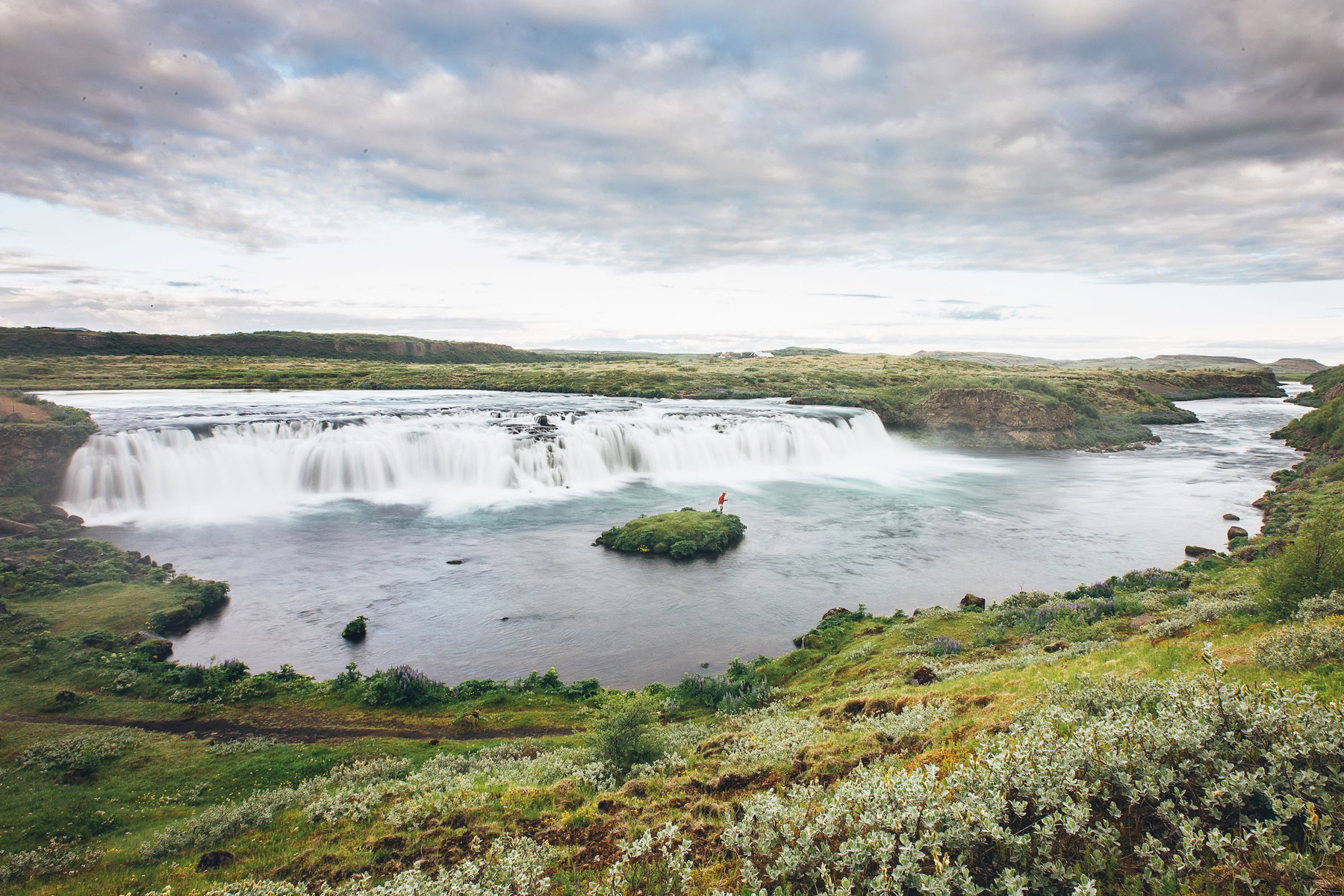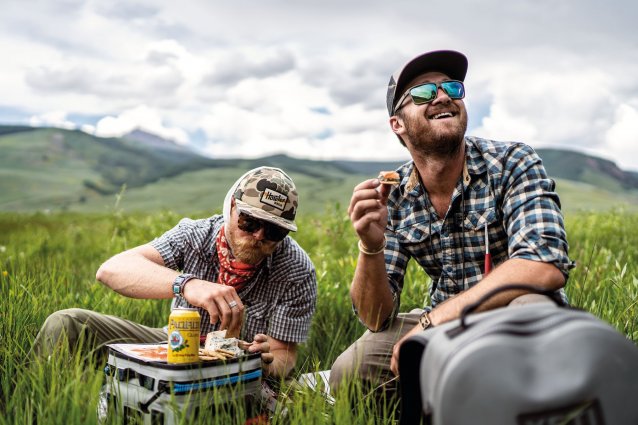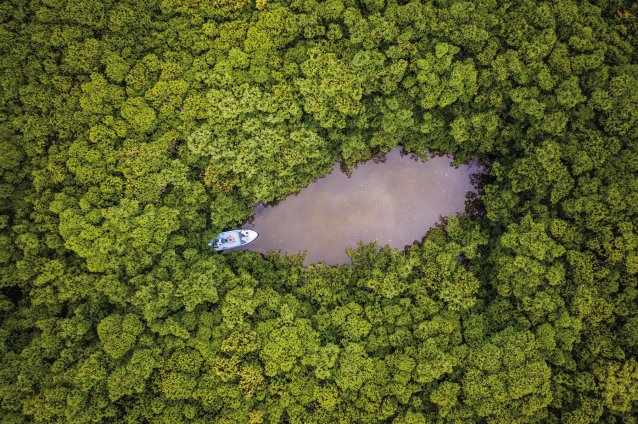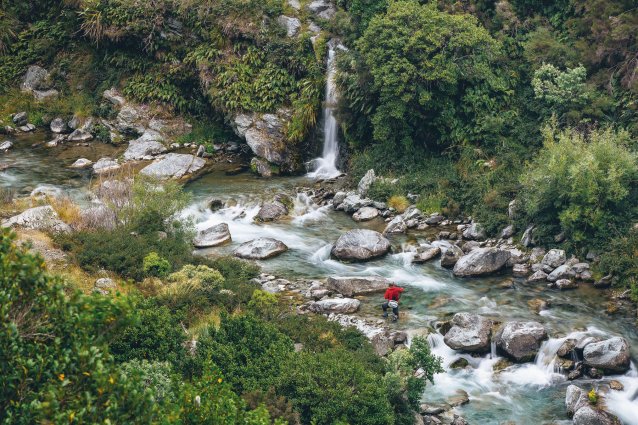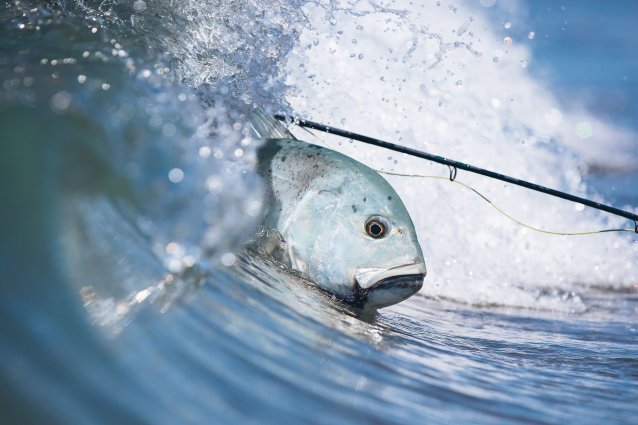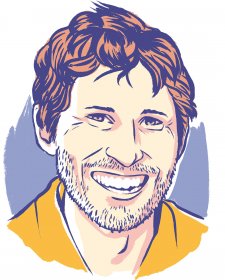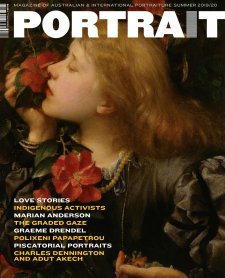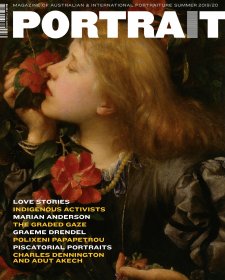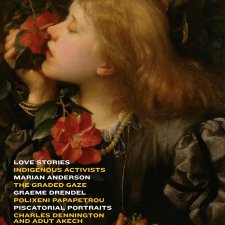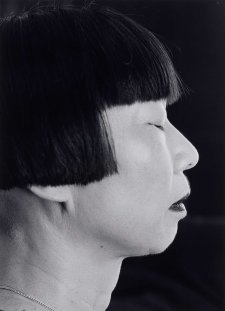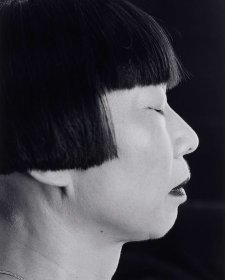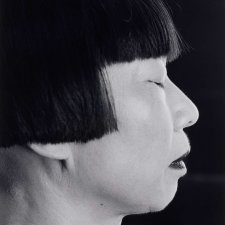Other times it’s about freezing movement. Hutchins’ portrait of a fly-caught giant trevally in the surf is a perfect example. Taken in the Seychelles in 2016, the breaking wave is frozen in time, the cresting lip and water droplets framing the fish, effectively delivering a moment of stillness and calm amidst chaos and energy. It remains one of the photographer’s favourite pictures.
Inventive underwater imagery is another calling card of modern fishing photographers like Hutchins and Jones. In particular, the pair is renowned for their ‘split-shots’ – images that capture elements from above and beneath the water. These pictures require a waterproof housing for the camera, with a large dome port accommodating a wide-angle lens. It’s an expensive, cumbersome bit of kit, but in creative hands it can produce spectacular images.
Split-shot images often work so well because they provide context to the angling experience – the location, the fish or the moment – in a dynamic and novel way. Jones frequently uses the water line, where it cuts across the frame, as a compositional tool to help provide this context.
‘In calm water, sometimes I move my housing left-to-right to fabricate waves, so there’s not a straight line across the [lens] port … and part of the wave can wrap around [and frame] somebody. Other times you get a cut in the water that reveals the angler … with a fish below.’ Hutchins’ underwater images are equally dynamic and almost always form a key element of his documentary work.
Coming up with new ideas and approaches is a perpetual challenge for photographers, particularly in an online world saturated with visual content. ‘It’s a continuous battle trying to do something different’, explains Jones. ‘I follow a lot of advertising photographers [for inspiration]. It’s not fishing-related, but I look at how their images are composed and lit. I’ve been toying with the idea of bringing studio lighting out onto location … and I’d love to start playing with super long lenses in underwater shots too.’
Hutchins also acknowledges the challenges. ‘You have to be more creative than ever to stand out ... I’m always looking for a different angle.’ And like Jones, his sources of inspiration often aren’t fishing-specific. ‘I skim through other magazines – a mountain bike magazine or even a fashion magazine … Life presents images to you all the time, whether it’s a billboard, a magazine or Instagram, and I try to be open to all different things.’
Through their imagery, Hutchins and Jones have also shaped the way many anglers think about how fish should be handled and photographed. The pair has an unwavering commitment to conservation – respecting fish and the environment – and focus primarily on catch-and-release angling. These messages shine through in their work.
‘Anglers are passionate’, explains Hutchins. ‘They’re passionate about conservation. They’re passionate about the health of the fish and the fishery, and they’re passionate about the people they work with and the places they go. I think that leads people to want to capture it and tell the story … Passion can bring out great moments and photographs.’
He’s right, of course. The best fishing photography is almost always underpinned by enthusiasm and energy. It’s about creating a visual narrative of that passionate pursuit – with images that evoke its beauty, exhilaration and adventure – presented in revelatory ways. And few photographers do it better than Matt Jones and Josh Hutchins.
